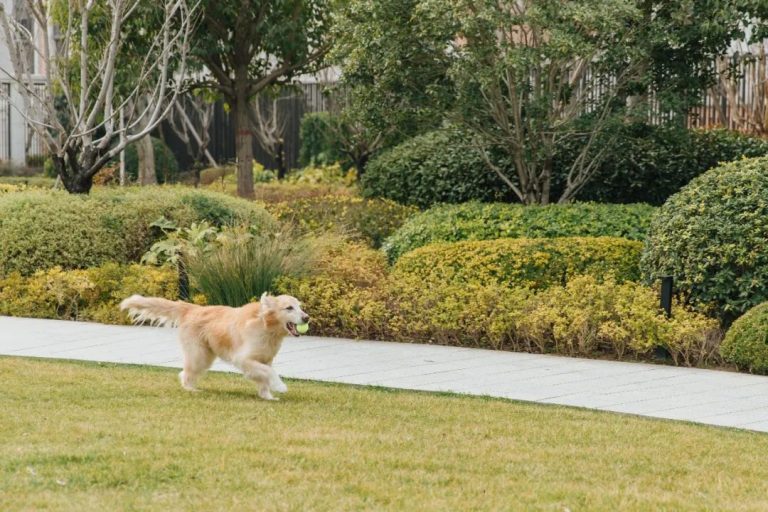Training Your Pet: Tips for a Well-Behaved Companion
Training your pet is not just about obedience; it’s about building a strong bond and ensuring a harmonious relationship between you and your furry friend. Whether you have a new puppy, a kitten, or an adult pet, training can help create a well-behaved and happy companion. In this article, we’ll provide you with valuable tips for successful pet training.

1. Start Early
The earlier you begin training your pet, the better. Puppies and kittens are like sponges, absorbing information and habits quickly. Start with basic commands like “sit,” “stay,” and “come.” Use positive reinforcement, such as treats and praise, to reward good behavior.
2. Be Consistent
Consistency is key in pet training. Use the same commands and cues consistently, and ensure that all family members are on the same page. Mixed signals can confuse your pet and hinder progress.
3. Positive Reinforcement
Positive reinforcement is the most effective method for training pets. Reward your pet with treats, praise, and affection when they follow a command correctly. This encourages them to repeat the desired behavior. Avoid punishment-based training, as it can lead to fear and aggression.
4. Socialization
Expose your pet to different people, animals, and environments from a young age. Proper socialization helps prevent fear and aggression issues and makes your pet more comfortable in various situations.
5. Use Clicker Training
Clicker training is a useful method that involves using a small clicker to mark the exact moment your pet performs the desired behavior. Pair the click with a treat to reinforce the behavior. Over time, your pet will associate the click with a reward.
6. Set Realistic Expectations
Every pet is unique and learns at their own pace. Set realistic expectations and be patient. Some commands may take longer to master than others. Celebrate small victories along the way.
7. Consistent Schedule
Establish a consistent daily schedule for feeding, exercise, and bathroom breaks. A regular routine helps your pet anticipate their needs and reduces accidents.
8. Leash and Crate Training
For dogs, leash training and crate training are essential. Teach your dog to walk on a leash without pulling and to feel comfortable in their crate. Both skills are valuable for safety and convenience.
9. Seek Professional Help
If you encounter specific training challenges or behaviors that are difficult to address, don’t hesitate to seek professional help from a certified dog trainer or animal behaviorist. They can provide personalized guidance and solutions.
10. Exercise and Mental Stimulation
Pets need both physical exercise and mental stimulation. Provide interactive toys, puzzles, and playtime to keep their minds active. A tired pet is more likely to be well-behaved.
Conclusion
Pet training is an ongoing process that requires patience, consistency, and love. It’s an investment in your pet’s well-being and the quality of your relationship. Remember that training should be a positive experience for both you and your pet. With time and dedication, you can help your furry companion become a well-behaved and delightful member of your family.
So, whether you’re teaching your puppy basic commands or working on advanced tricks with your adult pet, enjoy the journey of training and relish the rewards of having a well-behaved and happy companion by your side.






